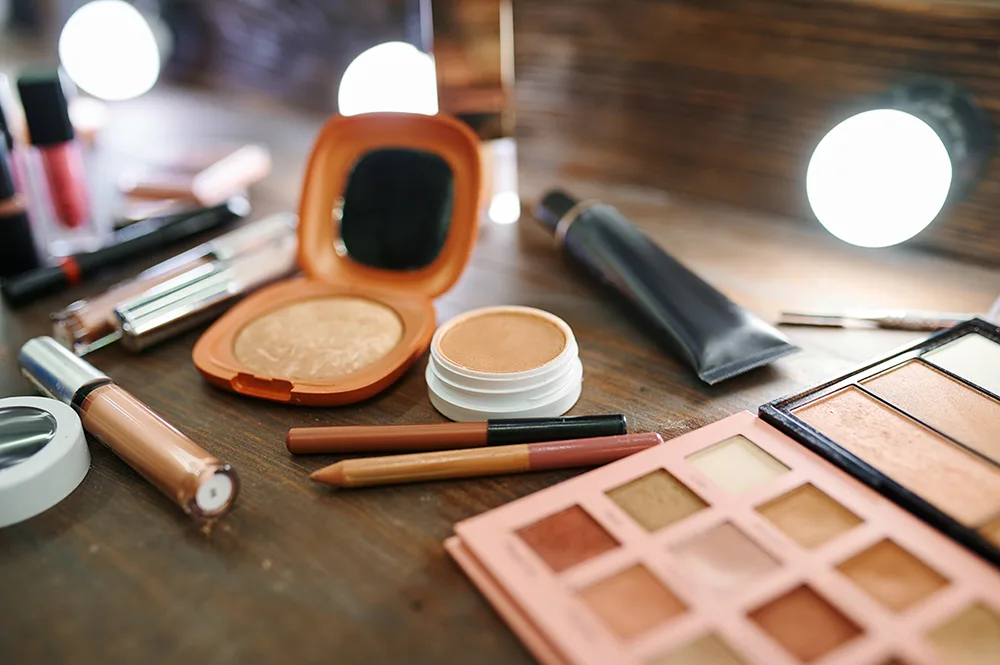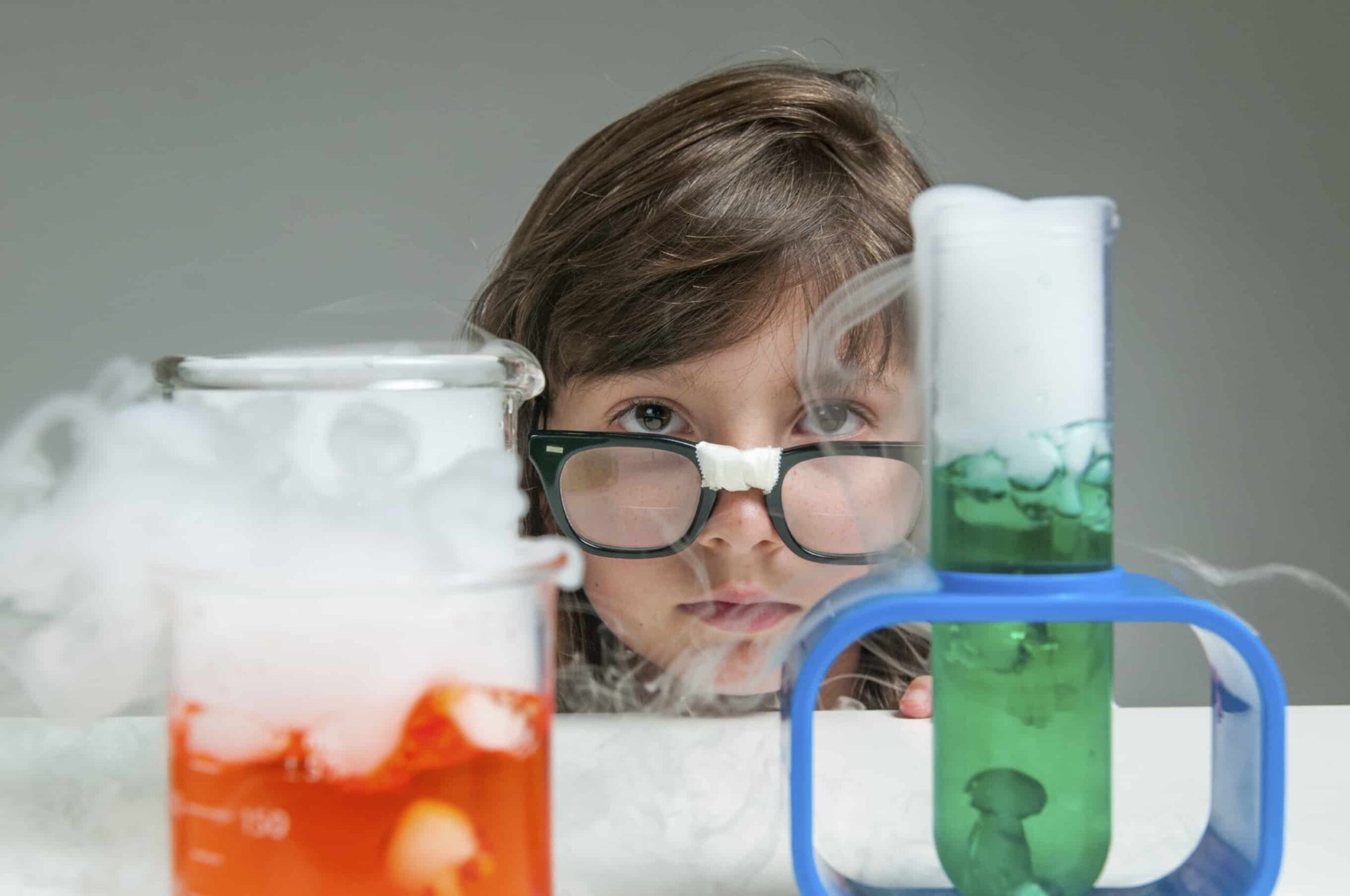In recent years, skincare aisles have started to look a little different. Alongside the usual moisturisers and cleansers for adults, you’ll now find brightly packaged serums, masks and creams aimed squarely at children and pre-teens.
Social media trends, especially on TikTok, have helped fuel this shift, giving rise to what’s now widely known as the “Sephora Kids” phenomenon.
For some, it’s simply a bit of harmless fun, or even a net positive with a younger generation showing interest in looking after their skin. But for others, it raises questions about marketing ethics, ingredient safety, and whether young skin really needs these products at all.
When the conversation moves beyond brand names and into the world of chemistry, it becomes clear that the right ingredients, and the reagents behind them, make all the difference between a safe, effective formula and cosmeceuticals that could do more harm than good.
In this post:
Key Takeaways
Youth skincare is booming, with one in four UK tweens using products containing retinol or AHAs
Youthful skin is delicate and more vulnerable to barrier and microbiome disruption
Reagents like glycerol and citric acid help hydrate, balance, and protect the skin
Clear labelling and allergen awareness are essential for safe cosmetic use
What is the “Sephora Kids” Trend?
If you’ve been near any of the beauty-focused shops out there or scrolled through TikTok lately, you might have noticed children as young as eight buying serums, masks and creams from brands usually aimed at adults.
While these products, made through chemical bottling and lining shelves around the world, are meant for older audiences, many younger people are looking to give them a try.
This “Sephora Kids” trend has grown quickly, fuelled by beauty influencers and marketing aimed at younger audiences. While it might seem harmless, not every product on those shelves is suited to young skin.
Some countries are already taking action: In Sweden, one major pharmacy chain now refuses to sell anti-ageing products to under-15s unless a doctor recommends them.

Should Children Use Skincare Products? A Chemical Perspective
A young person’s skin isn’t a young version of an adult’s skin, it’s completely different. The outer layer is thinner, the protective barrier is still developing, and the natural skin microbiome is more delicate. That means it can let in more of whatever’s applied to it, including potential irritants.
Research from The Industry found that one in four tweens aged nine to 12 have already used skincare products containing strong active ingredients like retinol and alpha-hydroxy acids. Almost half reported redness, itching or irritation afterwards. This suggests many of these routines are more about following online trends than meeting actual skincare needs.
It’s also worth noting that some cosmetic products can expose children to chemicals such as phthalates, which are linked to hormone disruption in younger people. These have been detected in children who regularly use certain lotions, sunscreens and hair products.
For young skin, gentle cleansers, moisturisers and sunscreen tend to be the safest bets, while the rest is usually unnecessary.
Cosmetic Ingredients in Youth Skincare
When creating skincare for younger users, the goal is to keep things simple and skin-friendly. Gentle hydrators, barrier-supporting agents and mild pH adjusters can help the skin do what it does best: protect itself.
The Role of Glycerol as a Skin Humectant
Glycerol, often called glycerine, is a staple in moisturising formulas for good reason. It draws water into the skin, keeping it hydrated without feeling heavy or greasy.
Because it’s generally well-tolerated, it’s a safe and effective choice for products aimed at children.
Citric Acid and pH Balancing in Formulations
Citric acid might sound intense, but in small, carefully measured amounts it helps keep a product’s pH close to that of healthy skin.
This can prevent irritation and maintain the skin’s natural barrier. It’s a quiet but important part of formulating gentle, balanced products.
Reagents and Their Role in Safe Skincare Formulation
Every cosmetic product is a blend of carefully chosen reagents that work together to create something pleasant, stable and safe to use. For children’s skincare, this choice of reagents can make all the difference.
Cosmetic Emulsifiers and Delivery Systems
Emulsifiers help water-based and oil-based ingredients mix into a smooth, stable product. They also make sure the formula feels nice on the skin and delivers its benefits evenly.
In youth skincare, the right emulsifiers keep textures light and non-greasy while still doing their job effectively.
Preservatives: Necessary but Carefully Chosen
Any product that contains water needs a preservative to keep it free from harmful bacteria and mould. For children’s products, this means choosing preservatives that are gentle but effective.
Some preservatives and fragrances can cause allergic reactions, so careful selection and clear labelling are essential.

Regulation, Safety, and the Chemistry of Labelling
Labelling isn’t just a formality. It’s how consumers know exactly what they’re putting on their skin, and a requirement as part of contract manufacturing.
One study, published in the National Library of Medicine, found that nearly 40% of children’s skincare products contained common food allergens like almond, wheat and soy. Many of these products were marketed as “natural” or “eco-friendly”, which can be misleading without proper ingredient disclosure.
The EU already restricts the use of many potentially harmful ingredients in cosmetics, and some countries are taking extra steps to protect younger consumers.
For manufacturers, working with reputable suppliers ensures that every ingredient is compliant, traceable, and safe for the intended audience.
Conclusion
The Sephora Kids trend may be making skincare more appealing to younger audiences, but that doesn’t mean every product is suitable for them. Young skin is sensitive, and it benefits most from gentle, minimal formulations supported by safe, well-chosen reagents. Whether it’s humectants like glycerol, pH balancers like citric acid or carefully selected preservatives, the chemistry behind the label matters just as much as the brand name on the front.
















